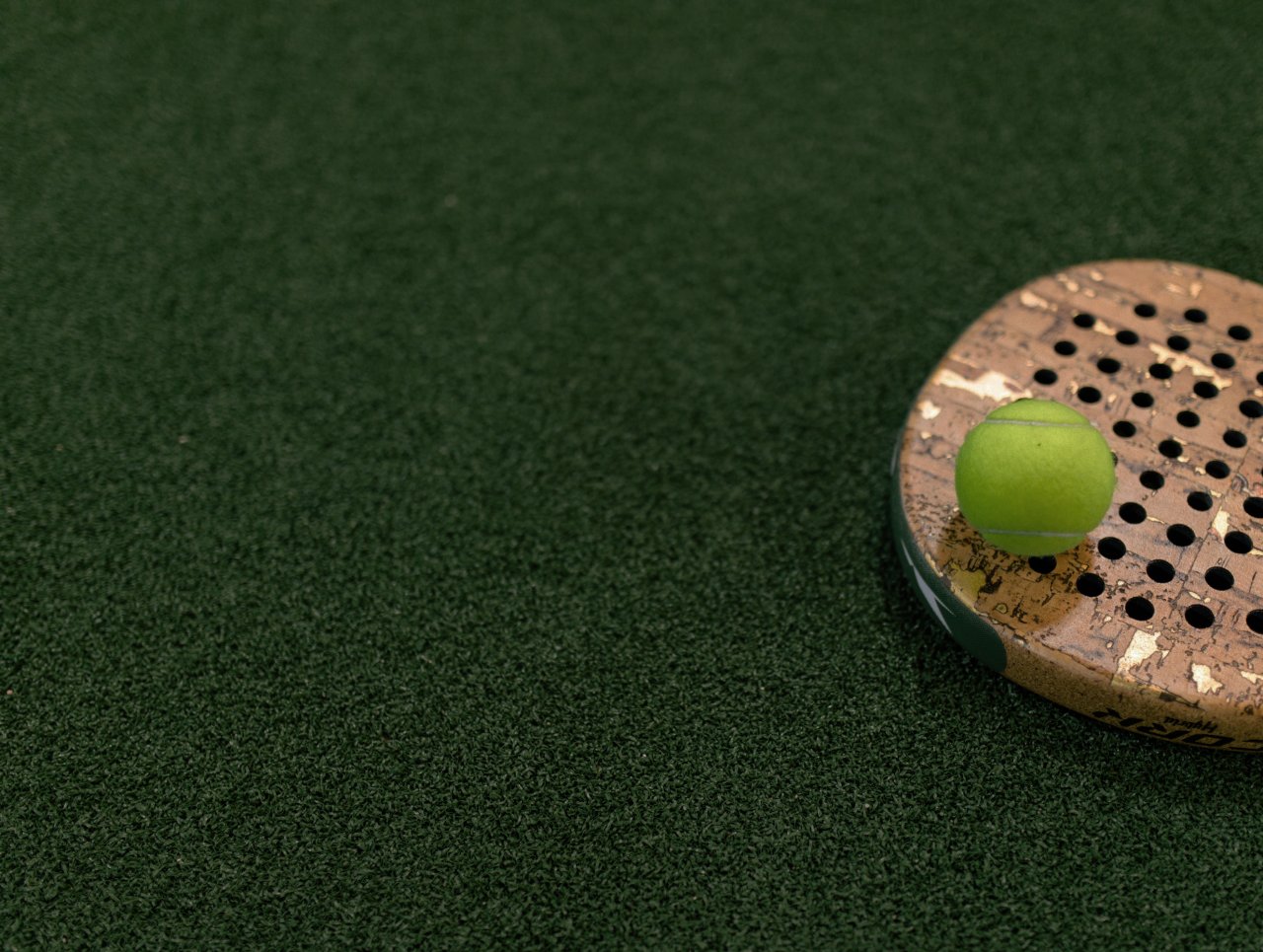1. Court
Padel is played on a closed court, resembling a tennis court but smaller. The dimensions of the court are 10 meters wide and 20 meters long. In the center of the court, there is a net, similar to tennis but lower (88 cm).
2. Equipment
In Padel, short paddles are used, resembling tennis rackets but slightly shorter and wider. The surface of the paddle can be perforated or smooth. Padel uses a tennis ball, but it is slightly slower and smaller than a traditional tennis ball.
3. Game
The game begins with a serve, struck from behind the server's service box to the opponents. The server drops the ball onto the court and hits it underhand after it bounces once. The ball must hit the opposing crosswise service box. In the game, the ball is hit after it bounces once on the court or directly from the opponent's stroke without hitting the court. Two bounces on the court are not allowed. The ball is allowed to hit the net, and players can also reach over to the other side of the net, provided they don't touch the net themselves.
4. Serve Turns
Serve turns alternate between players, similar to tennis. The server starts the point and serves diagonally to the opponents.
5. Walls
Padel can be played off the walls. The ball can be hit against the wall, and it can hit the wall before returning to the opponents. The ball can bounce once on the court and additionally once on the wall and still be in play.
6. Scoring
Each set is played to six games. The scoring is the same as in tennis (15, 30, 40, and game; at a tie score of 40-40, two consecutive points are needed to win the game). In the event of games being tied at 6-6, the set is decided by playing a tie-break, which is played to 7 points, with a two-point advantage.
7. Singles and Doubles
Padel can be played with two players (singles) or four players (doubles) per team. In doubles, players move on the court in the order of the server, the player accompanying the server, the player on the opposing side, and the opposing server. In singles, the entire court can be used, or alternatively, only diagonally opposite squares.

